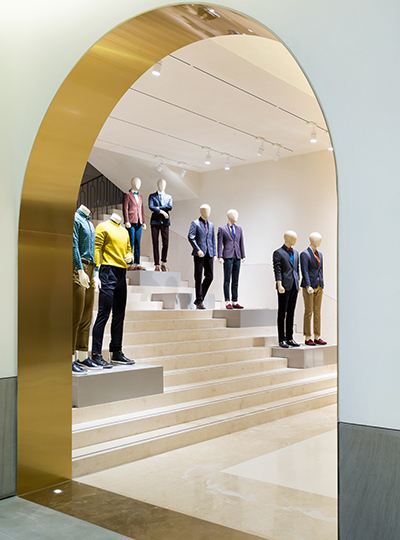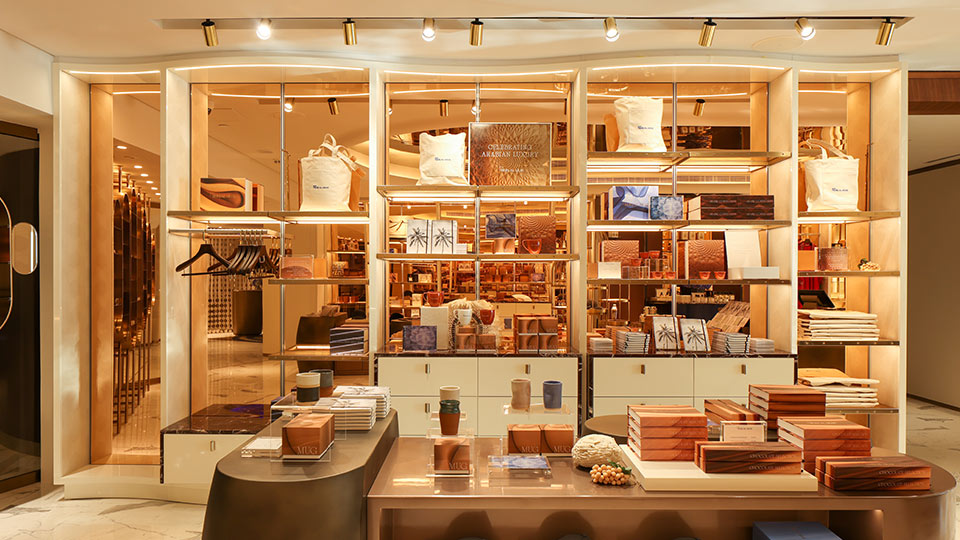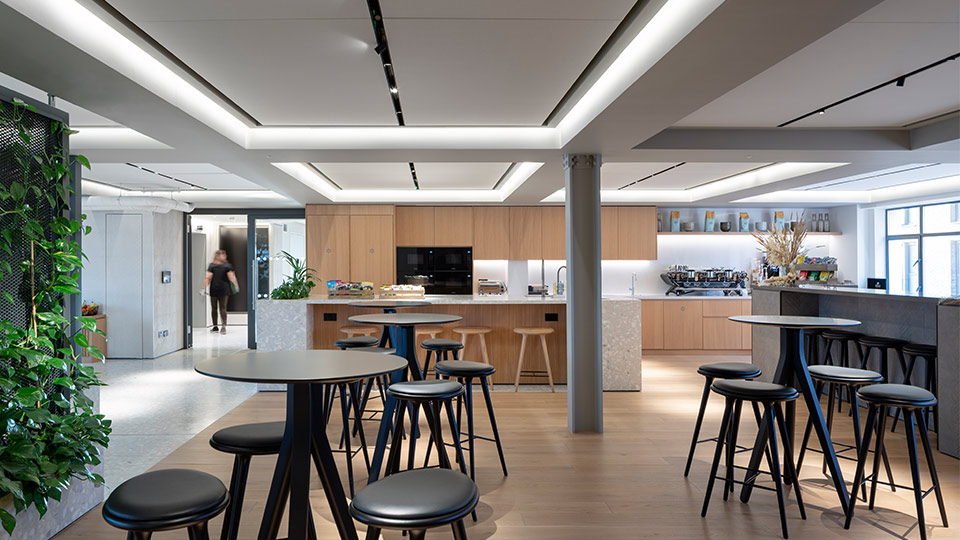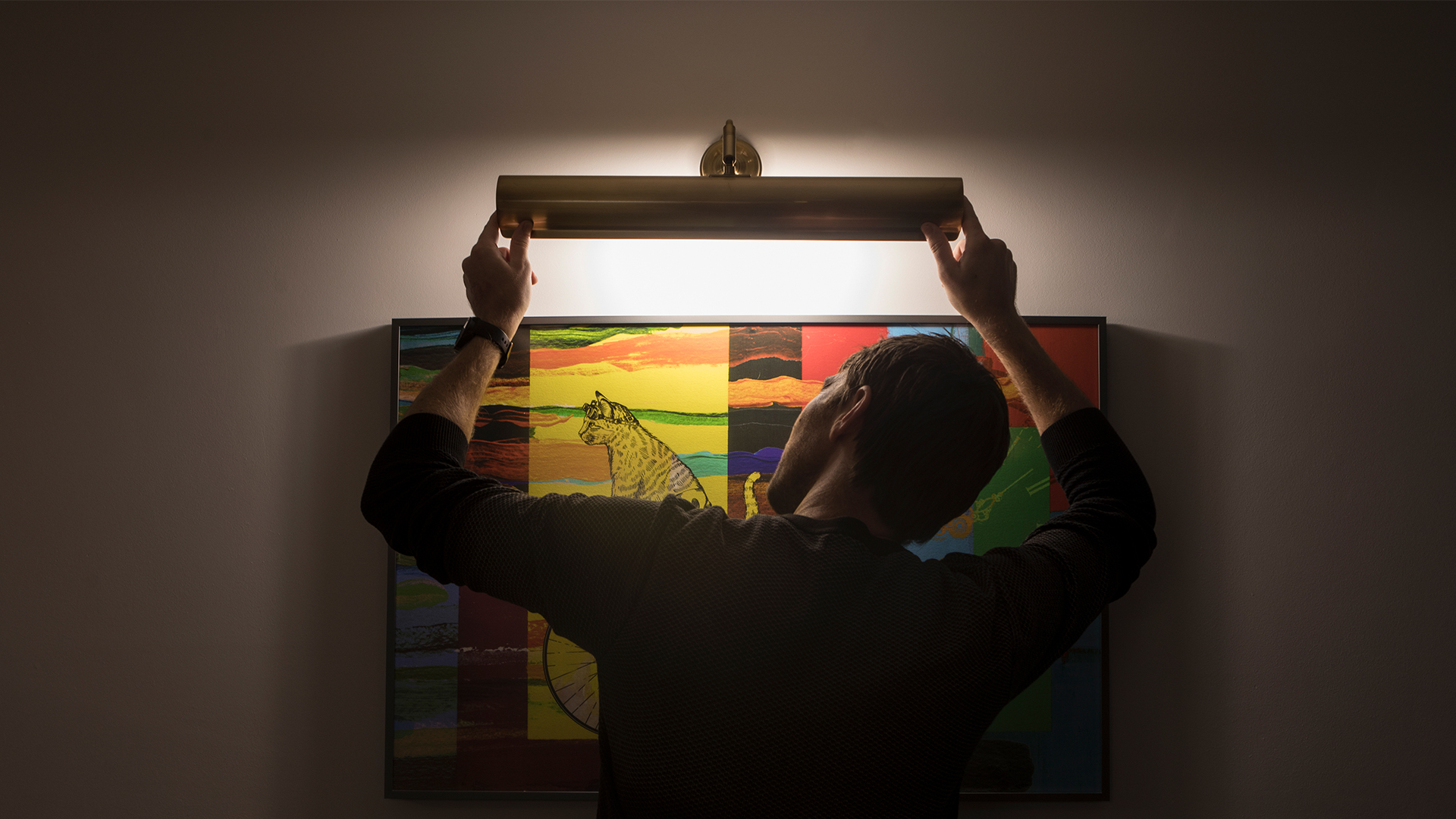The fight for our right to commission
What is commissioning?
As lighting designers, we spend our time designing, detailing, and developing lighting schemes – that’s our job. The project then gets handed over to contractors where they install the fittings and fixtures – that’s their job. And then there’s the commissioning, the seasoning to any lighting design project – that’s back down to us.
Saying that commissioning is important is an understatement. It begins with setting the scene, it’s about focusing, it involves getting up and down ladders and ensuring that the right lights are pointing in the right places. It’s means directing pockets of light, directing people’s eyes. And then there’s the control systems that make this happen. Commissioning is making sure that each circuit is working in conjunction with the other, meticulously contrasting, and balancing levels of light as intended. And yet commissioning is so much more than all of this. It’s where lighting designers breathe life into a space. It’s where the project becomes more than just a room with some lighting, it becomes a work of art. It’s where a vision comes alive, and a vital emotional connection is made. It’s where the magic happens.
Why we need to commission
The need for commissioning as a part of a lighting project is like the need for a conductor when an orchestra plays a musical score. If you have all the instruments playing without guidance, at full volume, simultaneously, it sounds like a cacophony, a lot of loud noise. You need a conductor to balance the instruments against one another, to fine-tune and harmonise the music as arranged by the composer. The same can be said for lighting a space. It also needs to be fine-tuned and harmonised. If all the lights are turned to full brightness all at once, it leads to a visual cacophony of glare and noise. Light levels need to be balanced in layers to complement the space and create ambiance and tonality. You need to commission – you need to visit the project, set the scene, and adjust the arrangement to create the scheme that was visualised by the designer.

Every space requires its own design and it’s our job to understand what lighting solution is necessary to achieve this. We need to commission a project and fine-tune the lighting to draw out the qualities of the space that we purposefully intended to highlight. If we don’t have the opportunity to do this, our hard work may be lost in an overload of intensity and brightness. When it comes to retail, we return to focus light on the merchandise and draw attention to particular items. The same technique can be applied in a residential setting, light can be used to illuminate artwork and furniture. In hospitality, we come back to ensure that tables are softly illuminated to create that sought after atmosphere. In office spaces, we want higher levels of light during the day, once we know where the light falls, we need to return to balance against natural light levels to create a comfortable working environment.
When we should be commissioning
A crucial part of our job as lighting designers is to ensure that the client understands the importance of us coming back to commission. In a perfect world we would commission when everything is complete, when the tables, the chairs, the merchandise and the artwork are all in place. The role of the space and its functionality need to be
understood by the end-user so that we can fully grasp how the lighting scheme can truly enrich and enhance. We can then return and cultivate that all important connection between the client and their space.
For these reasons, commissioning needs to be done post practical completion, at the very end of the project. Often the contractor tests all the circuits and demonstrates the scenes to their clients in pre practical completion, before they move into the space. We’re often asked to commission then, before the user has had the opportunity to get to know the area and find out how it best performs for them.
A building is a living, breathing entity and our needs naturally change when we begin using it on a daily basis. Over time we learn more about a space, and as a result, we re-arrange furniture and bring in new features, and soon the lighting design may no longer fit within the original set parameters. Lighting needs to blend with and react to these entities and if commissioning isn’t done at the right time, all that effort spent designing and developing the lighting scheme goes to waste – the opportunity to make our vision a reality is lost.

Why don’t we necessarily get to commission?
Despite all of this, many project plans overlook commissioning, particularly in design and build projects. Often the final stages of a design are assigned to the contractor. Whether it’s to save time, money, or the client believes the contractor is capable of commissioning, the need for commissioning from us, the lighting designer, at the right stage, is often omitted.
Contractors don’t typically deal in the subtleties of design, and yet, often they are the ones called upon to finesse. Every lighting scheme is cultivated by a designer with sensitivity, they have sought to delicately balance and compose light, tiptoeing a line to achieve the subtle art of emotional connection, a line that is successfully traversed from years of training and experience. But somehow contractors are expected to be able to decipher our tangible designs and translate them into meaningful schemes using an intangible source – an almost impossible ask of someone who doesn’t live and breathe light.
Again, the buck stops with us. Why should a contractor be expected to understand what is required to balance and compose light? They won’t necessarily understand why certain fixtures have been added, they won’t spend time repositioning and tilting. You run the risk of the space becoming generic and the purpose of the project, to create a beautiful place for the client to enjoy, gets lost.
We need to make it clear that commissioning is an art, and we are the ones to ensure that every stroke of the brush, every beam of light, is cast in the right way to complete the picture.
And so…
Truthfully, commissioning is the part that every designer loves – it’s the moment we get to elicit an emotional response and connect someone with their space. But it’s about more than just our ego. If you don’t commission, or even commission at the right time, you risk losing the detail that provokes that all important emotion.
Commissioning is when people fall in love, and we need to fight for our right to return, to return at the proper time and make certain that the space truly embodies what the lighting design intended.



